Hey Everyone, welcome back to Technique Tuesday.
This weeks post is going to be a little different in that there is no technique involved but rather important information regarding weight of thread. I have found that this is a topic that many quilters are just not so sure about and so I thought a little tutorial would be a good idea.
Weight of thread equals the thickness of thread. Thread weights range from 8 to 100. That is a huge range and what does it mean?
The lower a number the thicker the thread and the higher a number the thinner the thread. So lets start at the lowest number and work our way up to the highest number.
Thread by Weight
8 Weight Quilting Thread
- very thick thread such as a pearl cotton by Valdani
- put in the bobbin and used for bobbin play
- this thread is too thick to go through the top of the machine
12 Weight Quilting Thread
- a rather substantial thread that is often used in the bobbin and used for bobbin play
- can be used in the top of the machine with a large eyed needle such as a 90 or 100
- Sulky Blendables come in 12 weight which are a variegated 100% Egyptian cotton thread
- Razzle Dazzle by Superior threads is a metallic 12 weight thread
30 Weight Quilting Thread
- a thicker thread used for quilting or decorative stitching
- because the thread is a bit thicker the stitching will stand out more on the quilt top or appliqué piece
- a larger eyed needle such as a 90 should be used for this weight of thread
- Sulky Blendables (100% cotton), Sulky Rayons and hand dyed threads are available in this weight
- most often used in the top of the machine with a matching 40 or 50 weight cotton in the bobbin
- can also be used in the bobbin if you desire to have the same thread on top and bottom of your quilt but you may have to play with the tension to get things right
35 Weight Quilting Thread
- used for quilting or decorative stitching
- not quite as thick as a 30 weight thread but will stand out nicely on the quilt top or appliqué piece
- a larger eyed needle works best with this thread such as a 90
- Valdani Threads makes a hand dyed 100% cotton thread in this weight
- most often used in the top of the machine with a matching 50 weight thread in the bobbin
- can also be used in the bobbin if you desire to have the same thread on top and bottom of your quilt but you may have to play with the tension to get things right
40 Weight Quilting Thread
- slightly thinner than the 35 weight thread this is a popular weight thread to use for quilting
- it is thick enough that it stands out just enough on the quilt top to give a very pleasing effect to the quilting
- used for embroidery and decorative stitching
- a size 90 needle with a larger eye is usually recommended for this weight of thread as well
- Rayons such as Sulky and Robinson-Anton are available in 40 weight – tend to use only in the top of the machine with a cotton in the bobbin
- cotton threads such as King Tut by Superior, various Wonderfil and Aurifil threads all come in 40 weight – can be used in the top and bobbin of the machine
50 Weight Quilting Thread
- the most common weight of thread and is used for piecing tops and sewing garments
- is a finer weight thread that doesn’t leave bulk in piecing quilt tops and sewing garments
- a size 80 needle is recommended for sewing with this weight of thread
- cotton threads such as Aurifil, Mettler, Wonderfil, MasterPiece by Superior and Gütermann all come in a large variety of colours to name a few
- polyesters threads such as Gütermann, Mettler and Rainbows from Superior
- can be used in the bobbin as well as the top of the machine
60 Weight Quilting Thread
- this weight of thread is often known as lingerie thread and is very fine
- a size 70 needle can be used with this weight of thread
- often this thread is used in the bobbin for piecing or quilting
- Bottom Line by Superior is a popular 60 weight thread and is a polyester thread that comes in a wide variety of colours
- Sulky also makes a 60 weight polyester thread in a variety of colours
- I often use this thread for doing stitch in the ditch as it is fine enough to blend into the ditch very nicely
- can be used in the bobbin or top of machine – if using in the bobbin then the bobbin tension may need to be changed as well as the top but not all machines have adjustable bobbin tension
100 Weight Quilting Thread
- a super fine polyester thread that is almost invisible
- Wonderfil makes a product called Invisafil that comes in a variety of colours which means it can be matched to the fabric
- I use this thread in place of invisible thread as invisible thread and I just do not seem to get along
- a size 60 or 70 needle works well with this thread
- use as a top thread in the machine
- use a 50 weight cotton in the bobbin that matches in colour
The variety of threads out in the world today are endless and the colours are absolutely amazing and magnificent. Experimenting and playing with threads is the only way to get to know them and see if you and your machine like them. Yes, they say that a machine likes all thread but in reality we know that some machines do not like some threads at all. I know that my machine does not like certain threads for free motion but I can use them with the walking foot. Only trial and error will tell.
Oh and did I mention – thread addiction is just as bad as fabric addiction.
Happy Quilting!

Disclosure Note: I buy and use the products mentioned in this post and write about them without influence from the designer or any other commercial interests. I have included links to the products on Amazon.com and may receive a small commission if you purchase from these links. This doesn’t cost you any more to purchase these items but it does help me maintain this website, so I hope that you will please use these links.
I shared this with Today’s Creative Blog’s Get Your Craft On.

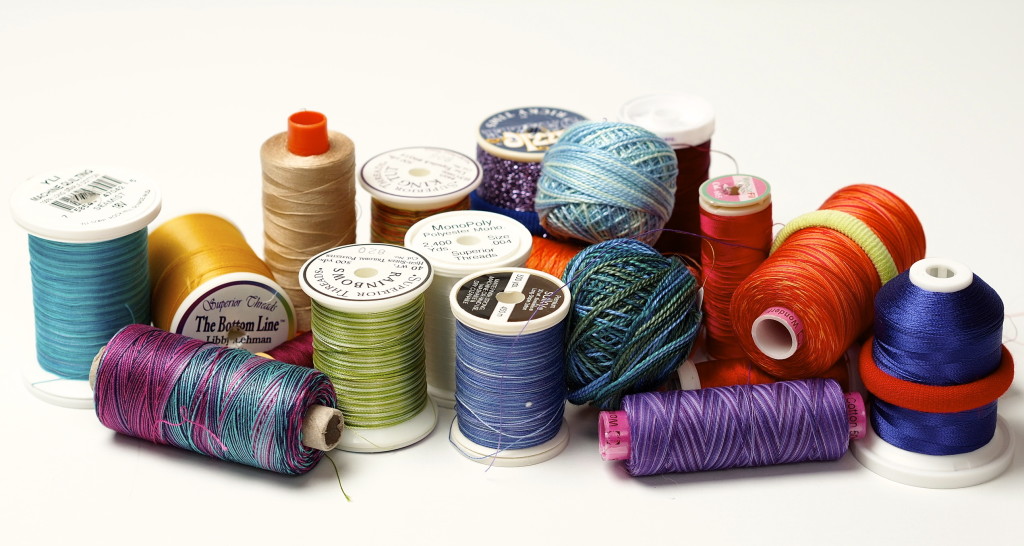


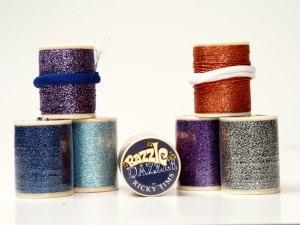
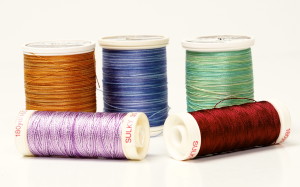
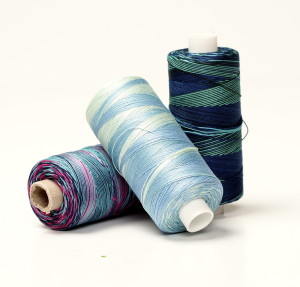
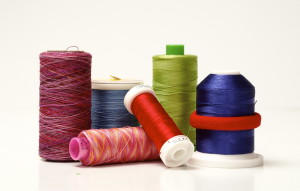
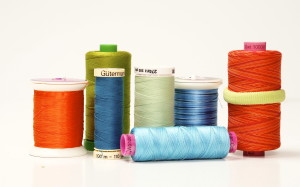
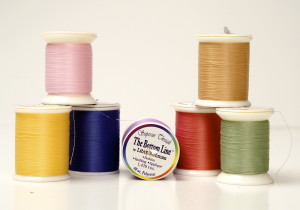
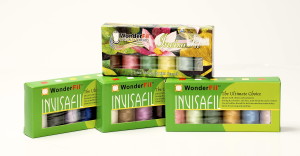
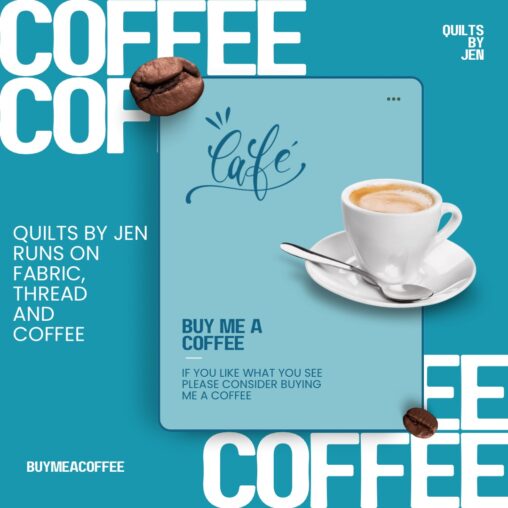
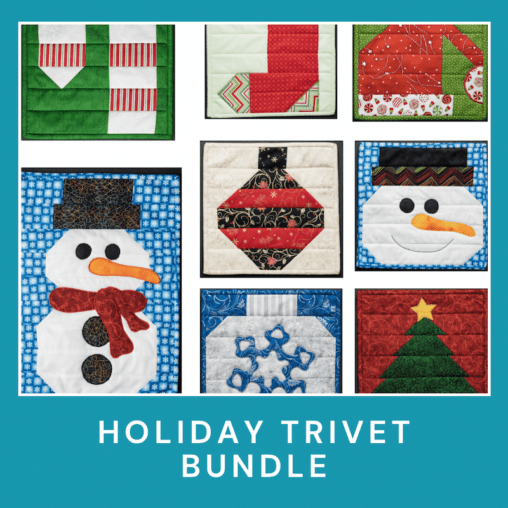
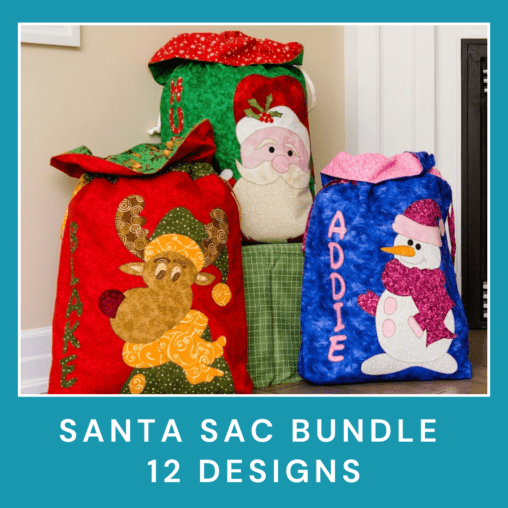
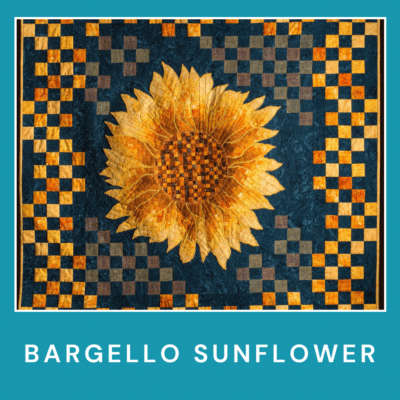

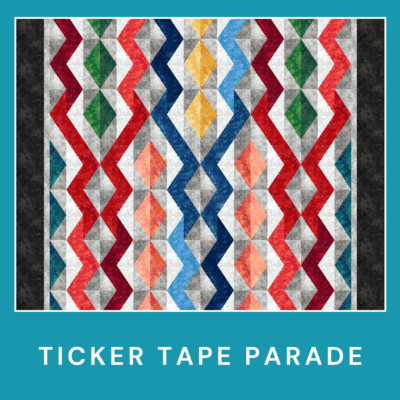

I found this post very informative. Like you, I work with any kind of thread regardless of weight. It just depends on the kinds of fabric I have used in a quilt plus any kind of embellishment that will be added. Thank you for the information.
I just had a look through your blog! Very informative. I would like to highlight your blog on a future post.
The topic of threads weights isn’t complete without talking about TEX numbers. I find the idea of “the larger the number, the finer the thread” to be counter-intuitive. At some point, thread turns into string and string turns into rope. Making the thicker thread numbers smaller doesn’t allow for that. TEX numbers work the other way, getting bigger as thread gets thicker.
Hi Rita, thanks so much for this. I have never come across TEX numbers before. The numbers most quilters encounter are the thread weight numbers I discussed. Are TEX numbers listed on quilting thread spools somewhere?
I am a quilter too and I machine quilt. The cones I buy come with TEX numbers. I sew or piece with TEX27 but machine quilt with TEX40. I’ve found a good explanations of these different ways of labeling threads:
http://www.superiorthreads.com/education/thread-education/thread-measurements-understanding-how-thread-is-measured
Another good article on thread is this one by Kathleen Fasanella:
http://designer-entrepreneurs.com/blog/illustrations/Thread_Sizes.htm
The article is great but nfortunately because it was written a while ago, a lot of the links she provides are no longer active
Cool. Thanks for those links Rita, I’ll check them out.
That’s it! I have to hook you up to the blog immediately. What great information! This needs to be shared immediately…..
Thanks Jo-Ann. We just added your shop to our friends list, too.
Thank you so much for all the work you did on explaining the different threads. I find it hard at times to know the weight of a thread. I have started using a variety of threads for quilting, free motion quilting, piecing and decorative stitching. I found this post very helpful. Thanks again.
Carolyn